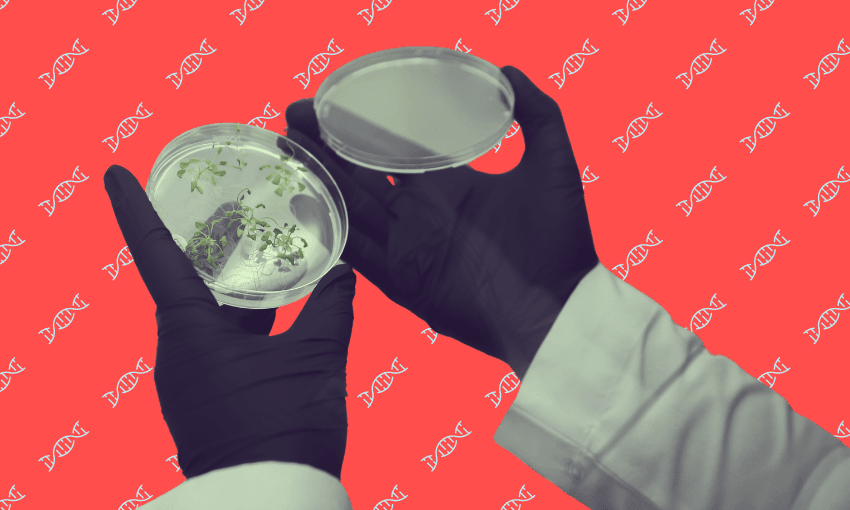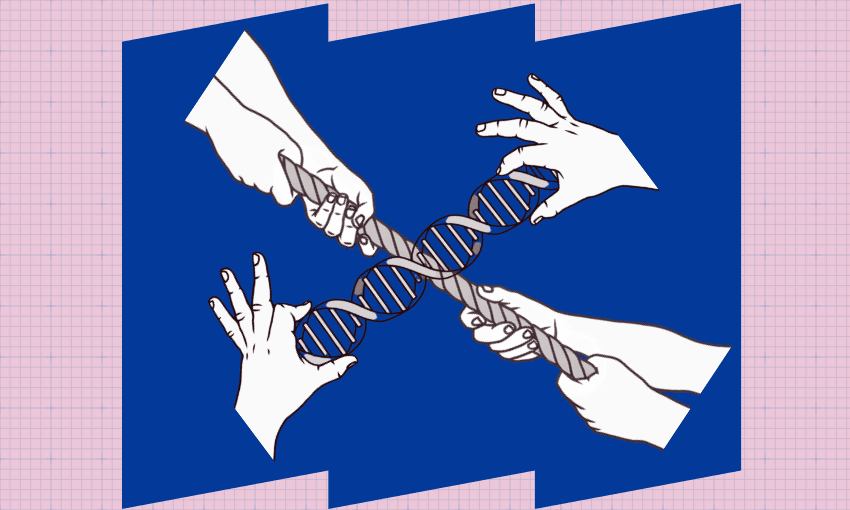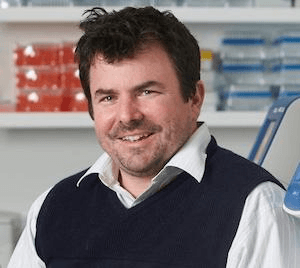Society should be asking itself why it needs to trade the security of its regulations for unsecured promises from the visions of genetic engineers, argues molecular biologist Jack Heinemann.
The government has proposed to reset and to remove some regulations on making and releasing genetically modified organisms (GMOs). Is it a new conversation based on a new risk equation, or an ultimatum?
The argument, after all, sounds familiar. Advocates for regulatory reform were saying more than 15 years ago what they are saying again now, that we can change the name of some products to make them sound less like GMOs.
Are science minister Judith Collins’ reforms based on risk or persuasion? Society should be asking itself why it needs to trade the security of its regulations for unsecured promises from the visions of genetic engineers (including me).
Here are what I consider to be four fictions about GMO regulations that I believe undermine public confidence in choosing the right regulations for New Zealand.
1. Gene editing is different to genetic modification
According to Tony Conner of AgResearch, “Gene editing is different to genetic modification, in that this may only involve making a change to the genome, as opposed to introducing DNA from another organism.’
Redefining GMOs this way distorts public and lawmaker perceptions and undermines society’s control of biotechnology risks.
According to the US Food & Drug Administration, “A GMO (genetically modified organism) is a plant, animal, or microorganism that has had its genetic material (DNA) changed using technology that generally involves the specific modification of DNA, including the transfer of specific DNA from one organism to another. Scientists often refer to this process as genetic engineering.”
GMOs are defined as organisms with a novel combination of genetic material created using gene technology. This can be done by adding (eg transgenes), changing or removing (eg null segregants) DNA sequences to create novel combinations and new traits.
A genome is more than an alphabet of the four letters A, G, C, T. As with language, it has grammar, syntax and semantics that govern the meaning of genes. Alleles are variants of genes that can be like homographs and homophones. All of these features can be manipulated by gene technology just as they can be in language.
Suggesting that GMOs are only organisms with added DNA lures the government into thinking there is a class of “low-risk gene-editing activities” when they’re not used to add DNA, and these “can be exempted from regulations”.
Even if that were true, it may be impossible to avoid adding DNA when using gene editing.
Gene-editing techniques have been used to make GMOs since the 1970s. What has changed is developments in gene editing that increase the efficiency of making desired DNA changes. The new tools make GMOs faster. Gene-editing techniques accelerate the rate of genetic change, but not safety. There is no limit to the variation that can be introduced through gene editing.
2. We’re missing out
Why hyberbolise regulations as a GMO ban? Is it to deceive us into thinking that only a ban could explain why we don’t use them?
The United States provides the counterfactual. It has the most permissive laws and largest number of commercialised GMOs.
Yet it has only commercialised 11 GM crops in 30 years. Nearly all GM production is just three crops – corn, soy and cotton – and two traits, herbicide-tolerant and insecticide-producing. GMO agriculture is used on ~15% of US agricultural land, with other GM organisms and traits contributing ~1%.
We have missed out on crop losses to dicamba drift and glyphosate-resistant weeds, but not access to drought-, heat-, flood- or salt-tolerant intrinsically higher-yielding crops.
Gene editing is no more inclined to deliver solutions to the big problems we face from climate change, malnutrition and poverty. Even those who support the legislative changes admit that “new cultivars created overseas” using new tools like gene editing “haven’t hit the market yet” even in permissive countries. Two products, a modified oilseed and a hornless cow, appeared then disappeared.
The story is similar for medicine. Research elsewhere has not found that regulations significantly slowed research and development of medicines. Removing GM requirements on laboratories or procedures would have negligible effect because they are redundant with other regulations and good laboratory practices for medicines research.
A mythical ban hasn’t kept GMOs away. Lack of useful or significant benefits to New Zealand may have.
3. The current regulations focus solely on the methods
Earlier this year, science minister Judith Collins said “the new rules will be based on managing the risks of these technologies, rather than focusing solely on the methods of genetic modification”.
No regulatory framework focuses solely on methods. Is misleading rhetoric to the contrary behind proposals to deregulate some methods so that some products are exempt from risk assessment?
All countries with regulations use a combination of methods and product, including us, Australia and the US. The Convention on Biological Diversity and our domestic legislation were written using scientists who were aware of gene editing and its potential to cause harm to the environment or human health.
Our current regulations require case-by-case risk assessment, making them fit-for-purpose right now. Removing risk assessment decreases safety. Gene editing efficiency gains amplify latent hazards that emerge during manufacture.
Furthermore, manufacturers should not police themselves. For example, the company that used gene editing to engineer hornless cows confidently asserted that no new DNA was introduced during the process. That claim was ignominiously retracted when regulators found undisclosed DNA inserted in the cattle genome, including entire antibiotic resistance genes from bacteria.
4. All high-risk activity will be regulated
According to MBIE, “We will regulate higher-risk activities and exclude some low-risk gene-editing activities from regulation.”
Deregulation doesn’t just make it easier to release GMOs from the laboratory, it also would encourage making them outside of laboratories. Environment-scale, mechanised genetic engineering done in the out-of-doors (eg aerial spraying) is a high-risk activity that may become unregulated.
Genetic engineering used to require expensive laboratories, but no longer. The efficiencies of gene-editing and gene-silencing methods increase the scale of genetic engineering from laboratory table to the forest floor.
GMOs made using deregulated methods will be unregulated even if made outside. Some likely outdoor products will be gene-editing pesticides and formulations that alter plant stress response as they grow.
Outdoor use will result in unintended exposures and unknown off-target genetic changes in non-target species. These range from microorganisms to pets.
Ecosystems from home gardens to forests could soon be “sprayed” with gene editors. If these products qualify as low-risk uses of gene editing, then neither the intended target organism nor all the possible exposed non-target organisms need be assessed for potential to cause harm.
In sum, faster ≠ safer, deregulation ≠ benefit, deregulation ≠ safety, and scale ≠ safety. The changes call on the public to renounce control over managing the risks from gene technology in exchange for no verifiable evidence of harm from existing regulations and repeating hypothetical benefits from 40-year-old promises.
Gaslighting the public in this way may damage industry and research reputations. The reform proposal could trade sector credibility for a quick sale.




